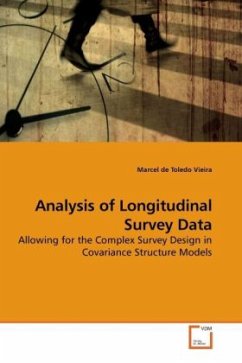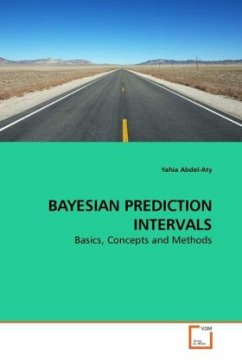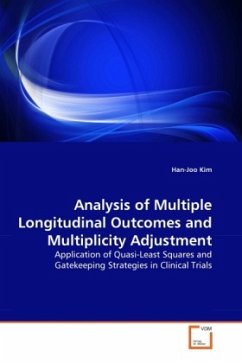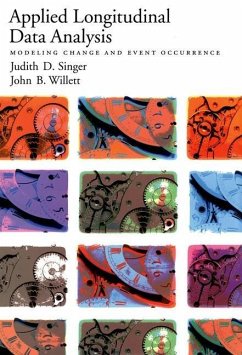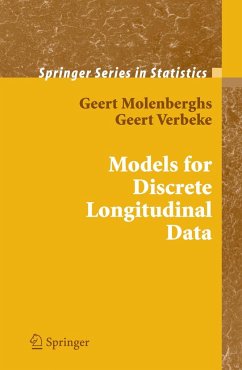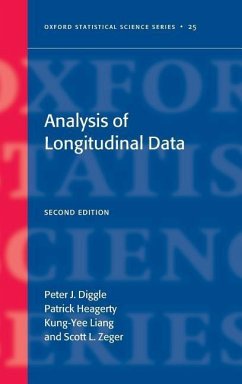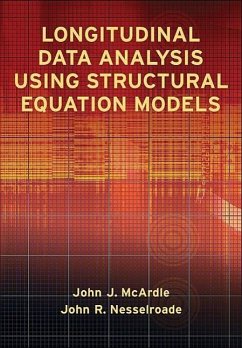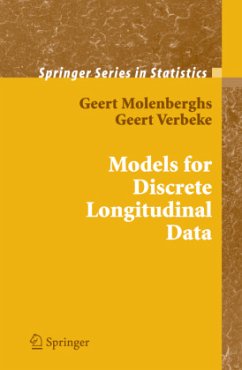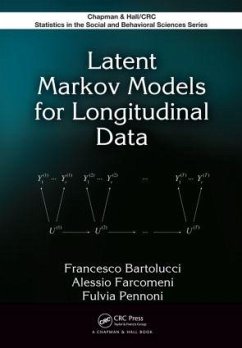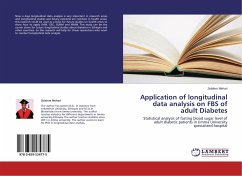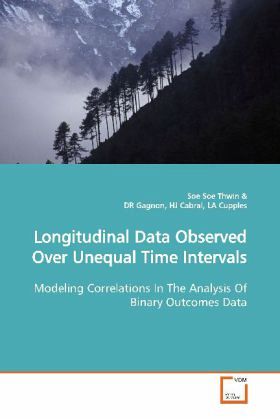
Longitudinal Data Observed Over Unequal Time Intervals
Modeling Correlations In The Analysis Of Binary Outcomes Data
Versandkostenfrei!
Versandfertig in 6-10 Tagen
52,99 €
inkl. MwSt.

PAYBACK Punkte
26 °P sammeln!
This monograph extends previous work on the evaluation of GEE performance in parameter estimation with correlation structure misspecification. It examines a new structure to model the correlation between binary responses observed over unequal time intervals. The proposed unequal-time correlation structure accounts for unequal intervals by fixing the correlation coefficient and interval length between the first 2 observations and by adjusting the correlations for subsequent pairs by their relative interval length.To evaluate this structure, correlated binary responses under the logistic model w...
This monograph extends previous work on the
evaluation of GEE performance in parameter
estimation with correlation structure
misspecification. It examines a new structure to
model the correlation between binary responses
observed over unequal time intervals. The proposed
unequal-time correlation structure accounts for
unequal intervals by fixing the correlation
coefficient and interval length between the first 2
observations and by adjusting the correlations for
subsequent pairs by their relative interval length.
To evaluate this structure, correlated binary
responses under the logistic model were generated
with the unequal time correlation structure for a
full range of positive correlations and strength of
association under different scenarios of number of
measurements, sample size and prevalence of
exposure. The model was evaluated when the working
correlation structure was misspecified as
exchangeable, 1st order autoregressive,
unstructured, or when alternating logistic
regression was employed.
evaluation of GEE performance in parameter
estimation with correlation structure
misspecification. It examines a new structure to
model the correlation between binary responses
observed over unequal time intervals. The proposed
unequal-time correlation structure accounts for
unequal intervals by fixing the correlation
coefficient and interval length between the first 2
observations and by adjusting the correlations for
subsequent pairs by their relative interval length.
To evaluate this structure, correlated binary
responses under the logistic model were generated
with the unequal time correlation structure for a
full range of positive correlations and strength of
association under different scenarios of number of
measurements, sample size and prevalence of
exposure. The model was evaluated when the working
correlation structure was misspecified as
exchangeable, 1st order autoregressive,
unstructured, or when alternating logistic
regression was employed.



